Curiosities of Dominican Republic, located on the island of Hispaniola in the Caribbean, is a nation with a rich tapestry of history, culture, and natural beauty. From its colonial past to its vibrant music and picturesque landscapes, the Dominican Republic stands out as a unique and captivating destination. In this exploration, we delve into some of the most striking curiosities that make the Dominican Republic distinctive and fascinating.
Colonial City of Santo Domingo:
Santo Domingo, the capital city of the Dominican Republic, boasts the oldest European settlement in the Americas. The Colonial City, a UNESCO World Heritage Site, is home to historic landmarks such as the Alcázar de Colón, the first cathedral in the Americas, and the Ozama Fortress, providing a glimpse into the country’s colonial past.
Punta Cana’s White-Sand Beaches:
Punta Cana is renowned for its pristine white-sand beaches, turquoise waters, and luxurious resorts. The region’s idyllic setting on the eastern tip of the country makes it a popular destination for sun-seekers and those looking to experience the beauty of the Caribbean.
Merengue and Bachata Music:
The Dominican Republic has given the world two distinctive music genres – Merengue and Bachata. Merengue, characterized by its fast-paced rhythm and lively dance style, and Bachata, known for its heartfelt lyrics and romantic melodies, are integral parts of Dominican culture and are celebrated globally.
Los Haitises National Park:
Los Haitises National Park, located on the northeastern coast, is a protected area known for its unique karst landscape, mangrove forests, and limestone caves adorned with indigenous Taino petroglyphs. The park provides a haven for biodiversity and offers eco-adventures for visitors.
Baseball Passion:
Baseball is the national sport of the Dominican Republic, and the country has produced a remarkable number of Major League Baseball players. The passion for baseball is deeply ingrained in the culture, with local leagues, games, and an annual winter baseball season that captivates the nation.
El Limón Waterfall:
El Limón Waterfall, nestled in the Samaná Peninsula, is a stunning natural attraction. Visitors can embark on a horseback ride or hike through lush landscapes to reach the cascading waterfall, creating a memorable and picturesque experience.
Amber Coast:
The northern region of the Dominican Republic is known as the Amber Coast due to its abundance of amber, a fossilized tree resin. The region is a treasure trove for those interested in paleontology, and the Amber Museum in Puerto Plata showcases unique specimens, including the famous Amber Room.
Carnival Celebrations:
Carnival is a vibrant and lively celebration in the Dominican Republic, marked by colorful parades, elaborate costumes, and traditional music. The celebrations, held in various cities across the country, showcase a fusion of African, European, and indigenous influences.
Larimar Gemstone:
Larimar, a unique blue stone, is found only in the Dominican Republic. Also known as the “Atlantis Stone,” Larimar is prized for its distinct coloration and is often used in jewelry. The stone’s association with the Caribbean Sea adds to its allure.
Cordillera Central Mountains:
The Cordillera Central mountain range runs through the heart of the country, offering breathtaking landscapes and outdoor adventures. Pico Duarte, the highest peak in the Caribbean, is located in this range, providing hikers with challenging trails and panoramic views.
Zona Colonial in Santiago:
Santiago, the second-largest city in the Dominican Republic, has its own Zona Colonial with historic architecture, cultural sites, and a vibrant atmosphere. The city is a melting pot of traditions, blending modernity with a rich historical legacy.
Whale Watching in Samaná:
The Bay of Samaná is known as a prime location for whale watching. Every winter, humpback whales migrate to these warm waters to mate and give birth, offering visitors a unique opportunity to witness these majestic creatures in their natural habitat.
Mangú and Dominican Cuisine:
Mangú, a traditional Dominican breakfast dish made from mashed plantains, is a staple in the country’s cuisine. Dominican cuisine is a delightful mix of flavors, with influences from Spanish, African, and indigenous Taino culinary traditions.
Pico Isabel de Torres:
Pico Isabel de Torres, a mountain near Puerto Plata, offers a cable car ride to the summit where visitors are treated to panoramic views of the city and the surrounding landscapes. The summit is also home to a botanical garden and a replica of the Christ the Redeemer statue.
Cueva de las Maravillas:
Cueva de las Maravillas, or Cave of Wonders, is an extensive underground cave system showcasing stalactites and stalagmites. The cave is a natural museum, featuring Taino Indian paintings and artifacts that provide insights into the indigenous history of the region.
Coffee Culture in Jarabacoa:
Jarabacoa, nestled in the Dominican Alps, is known for its cool climate and lush landscapes. The region is also a hub for coffee cultivation, and visitors can explore coffee plantations, learn about the coffee-making process, and savor the flavors of Dominican coffee.
Museum of the Dominican Man:
The Museum of the Dominican Man in Santo Domingo offers a comprehensive overview of the country’s history, anthropology, and archaeology. The exhibits cover the pre-Columbian era, the arrival of the Spanish, and the evolution of Dominican culture.
Lago Enriquillo and Isla Cabritos:
Lago Enriquillo, the largest lake in the Caribbean, is home to Isla Cabritos National Park. The park is known for its diverse ecosystems, including saltwater lakes, and is inhabited by American crocodiles, iguanas, and a large population of flamingos.
Altos de Chavón:
Altos de Chavón, a recreated Mediterranean-style village, is perched above the Chavón River in La Romana. The village features cobblestone streets, artisan workshops, and cultural venues, offering a unique blend of Old World charm and Dominican flair.
Resilient Spirit and Warm Hospitality:
One of the most striking curiosities that make the Dominican Republic unique is the resilience and warm hospitality of its people. Despite historical challenges, the Dominican spirit remains vibrant, and visitors often remark on the friendliness and welcoming nature of the locals.
Conclusion:
The Dominican Republic’s uniqueness lies in the convergence of its historical legacy, natural wonders, and vibrant culture. From the colonial charm of Santo Domingo to the breathtaking landscapes of Punta Cana, the country invites exploration and appreciation for its rich tapestry.
As the Dominican Republic continues to navigate the 21st century, its striking curiosities remain a source of pride for its people and an invitation for the world to discover the beauty and warmth of this Caribbean nation. Whether exploring historical sites, relaxing on pristine beaches, or immersing in the rhythms of Merengue and Bachata, the Dominican Republic stands as a testament to the diversity and resilience of a nation shaped by its history and cultural heritage.


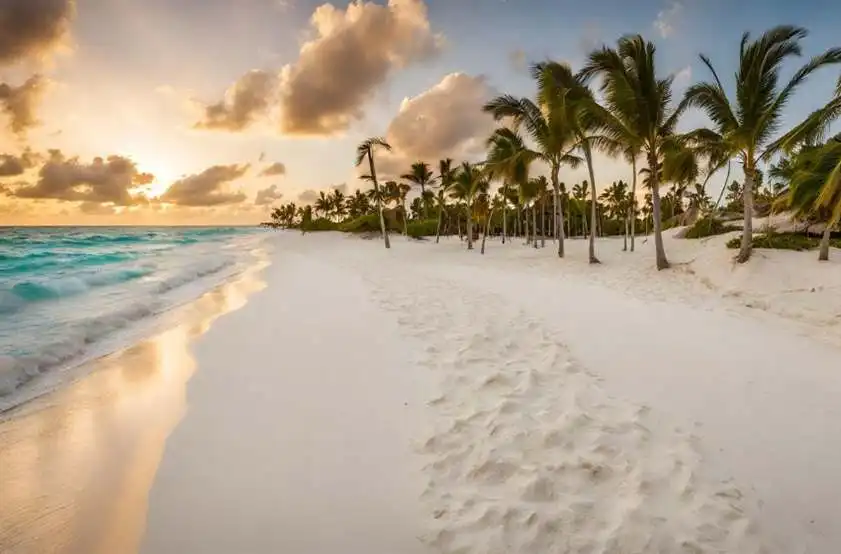
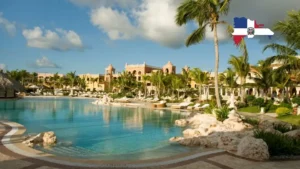
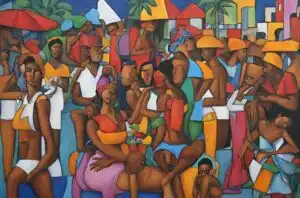
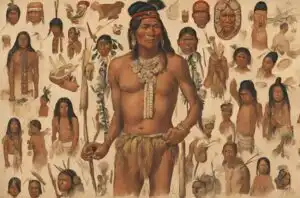



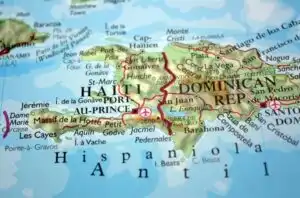
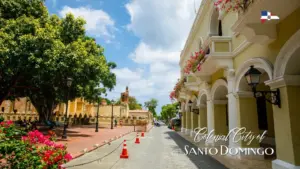
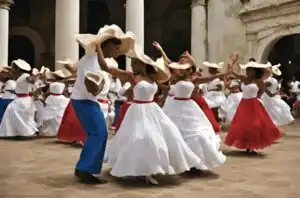
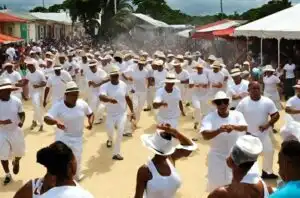
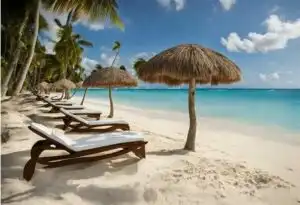
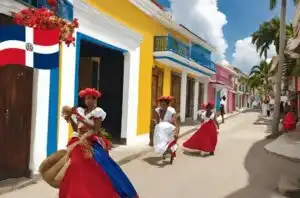
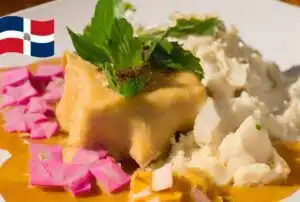
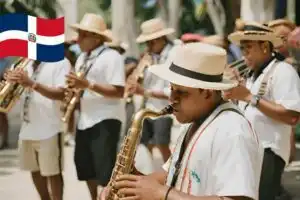
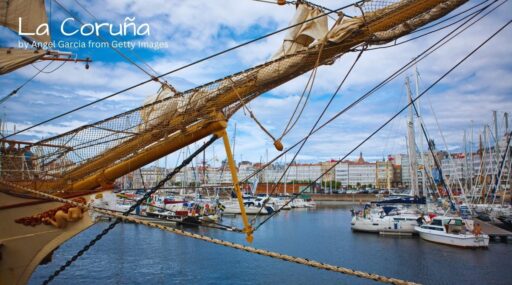
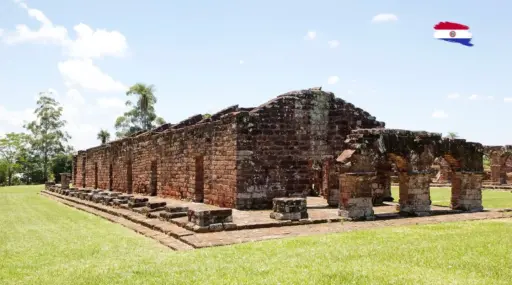
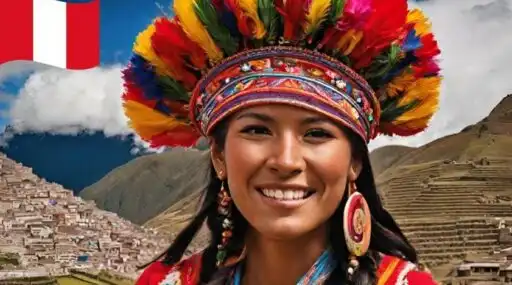
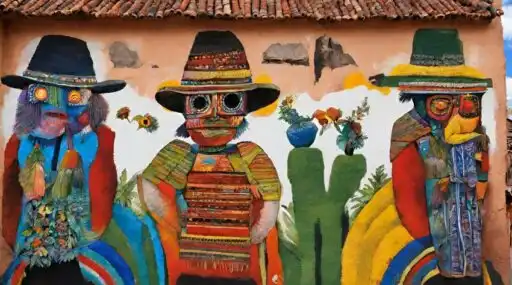


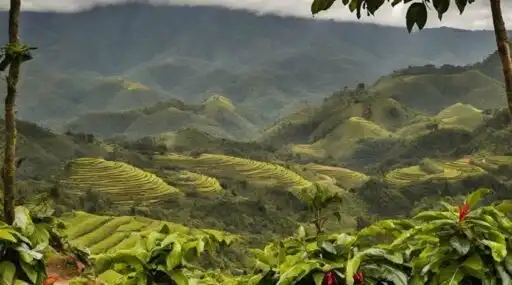
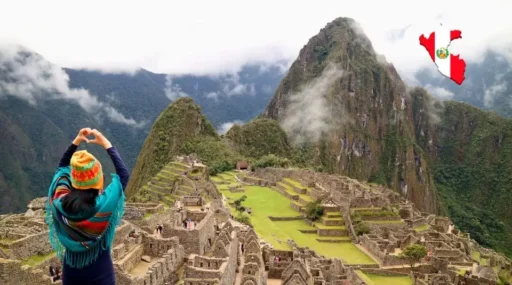


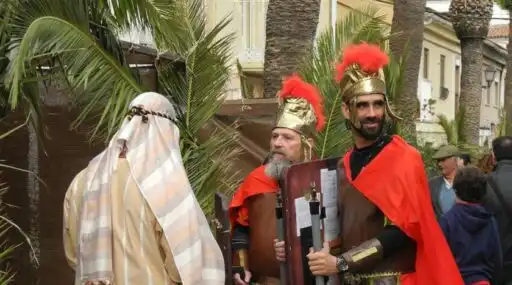

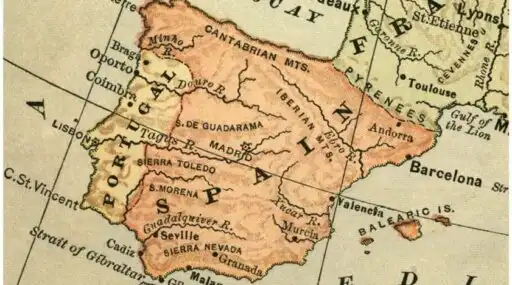
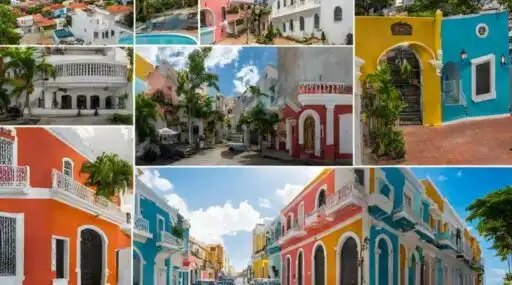
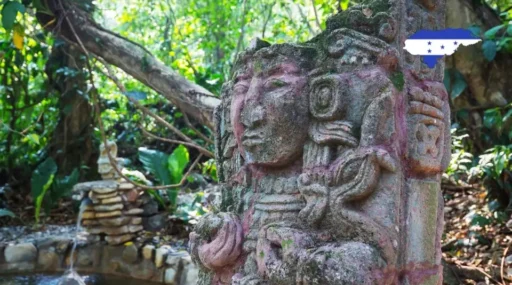
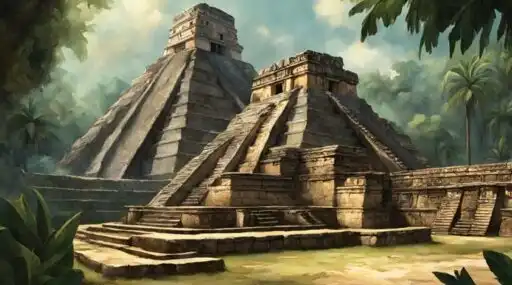



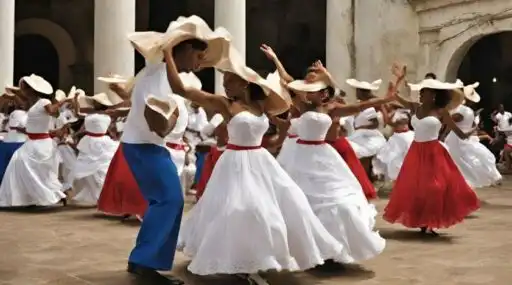
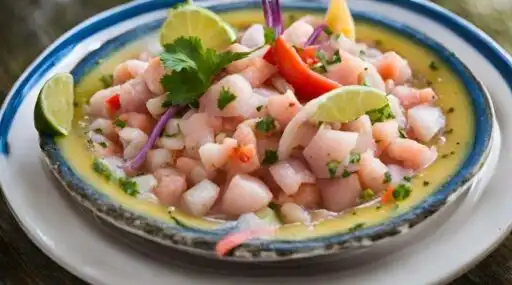
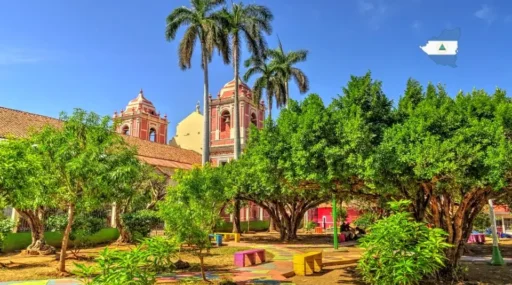

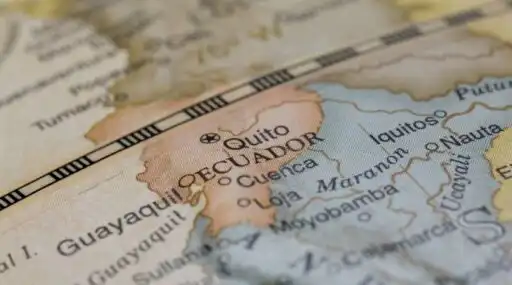


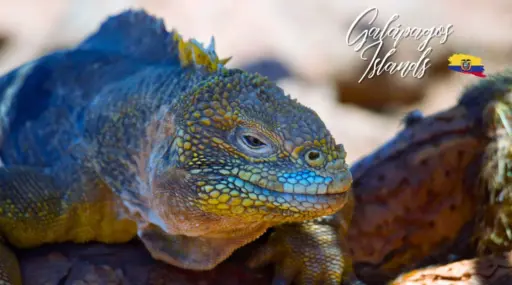

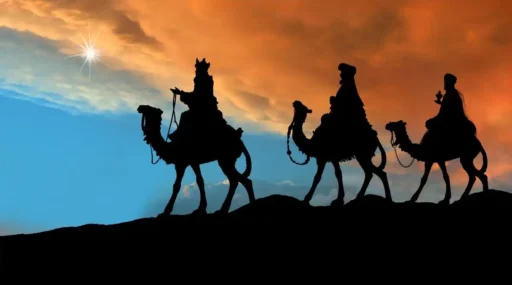
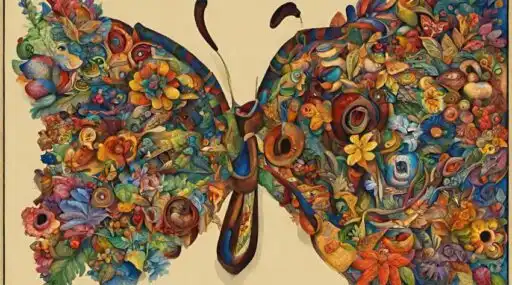
Leave a Reply